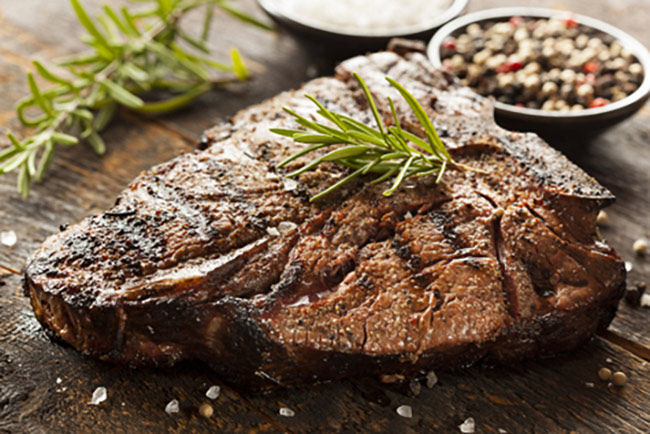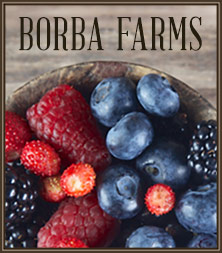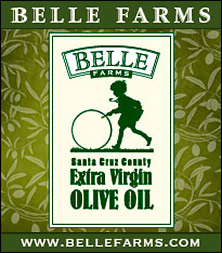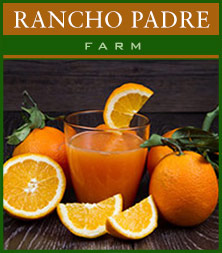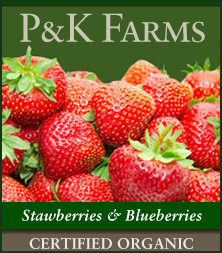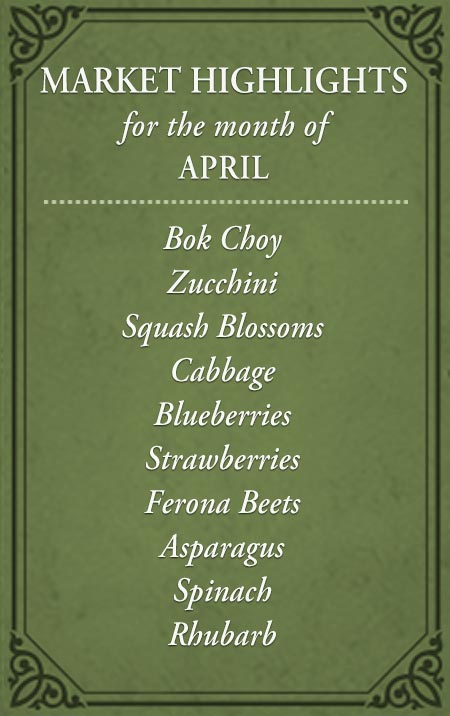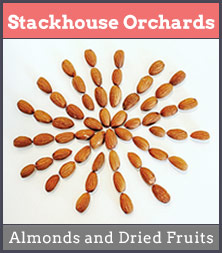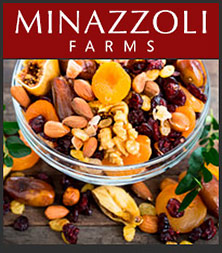If you’ve ever tried pastured or grass-fed meats, you know they taste richer, cleaner, and more “real” than their grain-fed counterparts. But there’s one important thing to keep in mind: these meats are naturally leaner, which means they need a little extra care in the kitchen. With the right techniques, you can bring out their best flavor and texture—and enjoy all the nutritional benefits that come with them.
Grilling
When grilling steaks, avoid overcooking—medium is the maximum, though medium-rare is ideal. Use lower heat than you would for grain-fed beef and check the doneness sooner until you get a feel for it.
Dry Aged Meat
Dry-aged meat has less fat and less moisture, so gentle cooking is essential. If grilling, sear quickly over a lower direct flame for char, then finish on indirect heat. On the stovetop, sear both sides in a pan, then transfer to a 325°F oven to finish.
Braising
For braises, keep the process low and slow. Sear the meat for flavor, then add liquid and bring to a boil, skimming any impurities. Reduce to a bare simmer, or better yet, transfer to a 300°F oven for tender, flavorful results. Roasting with a marinade can also help enhance flavor and tenderness.
Flavor Notes and Cooking Tips
Keep the seasoning simple until you get familiar with how pastured meats cook and taste. Grass-fed beef often has a firmer texture and a distinct “beefier” flavor. Lamb tends to taste cleaner, without the heavy tallow notes of fattier cuts. Goat offers a delicious, deeper flavor reminiscent of lamb but without gaminess—just be careful not to overcook, as it can become tough.
Why Grass-Fed Meats Are Superior
Beyond taste, grass-fed and pastured meats are nutritionally and ethically superior:
-
Lower in fat and calories: A six-ounce serving of pastured beef has about 100 fewer calories than grain-fed.
-
Richer in nutrients: Higher levels of vitamin E, beta-carotene, and omega-3 fatty acids, which support heart health, brain function, and recovery.
-
More CLAs (conjugated linoleic acids): Grass-fed ruminants contain 300–500% more CLAs than grain-fed animals. CLAs are linked to reduced inflammation, cancer protection, and heart health.
-
Fewer antibiotics: About 70% of U.S. antibiotics are used in feedlot cattle. Grass-fed animals rarely, if ever, need them.
-
Better across the board: Eggs, cheese, and milk from pastured animals also contain more nutrients, less cholesterol, and healthier fats.
With a little practice, you’ll find that cooking pastured meats not only brings out incredible flavor but also delivers unmatched health benefits. Once you make the switch, it’s hard to go back.


